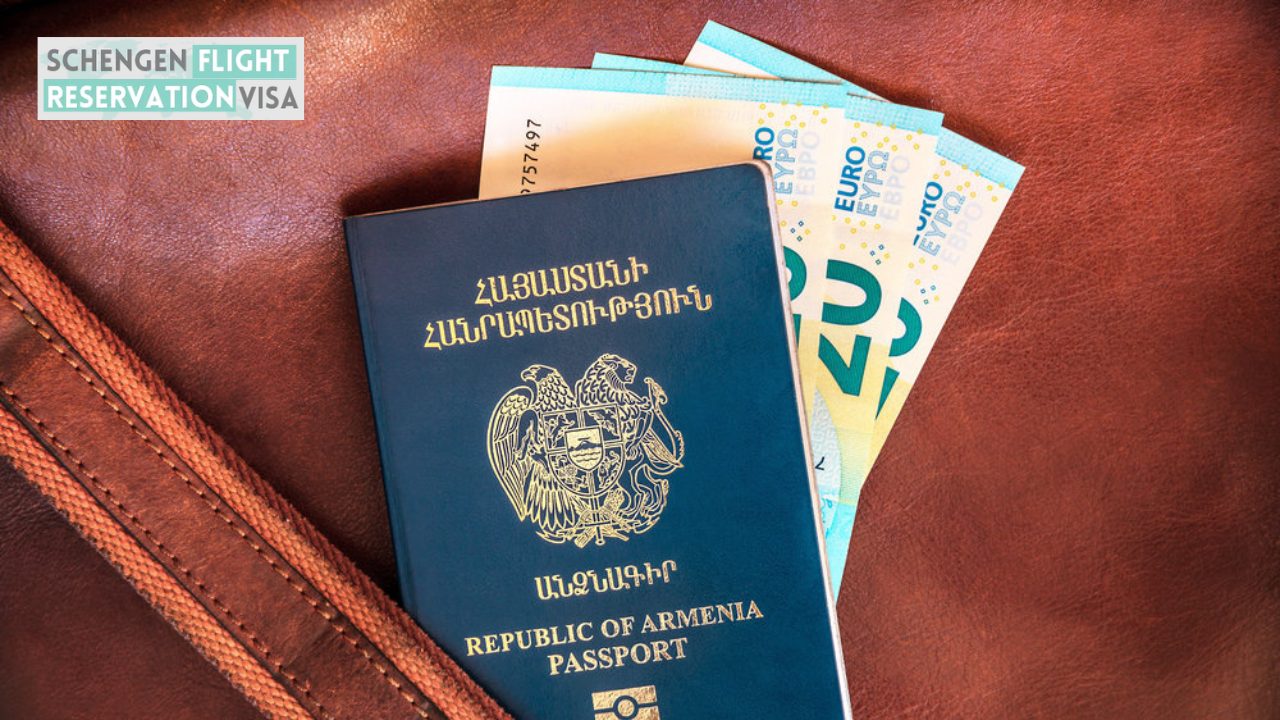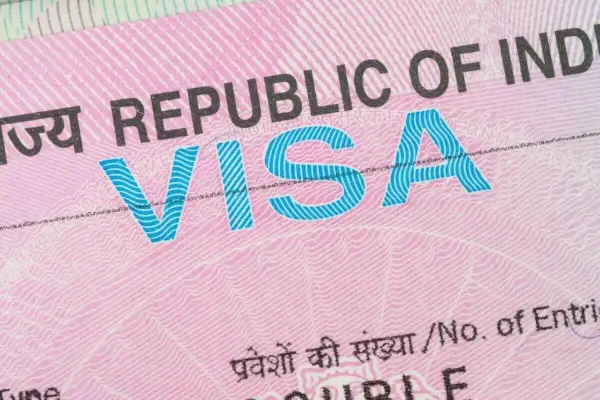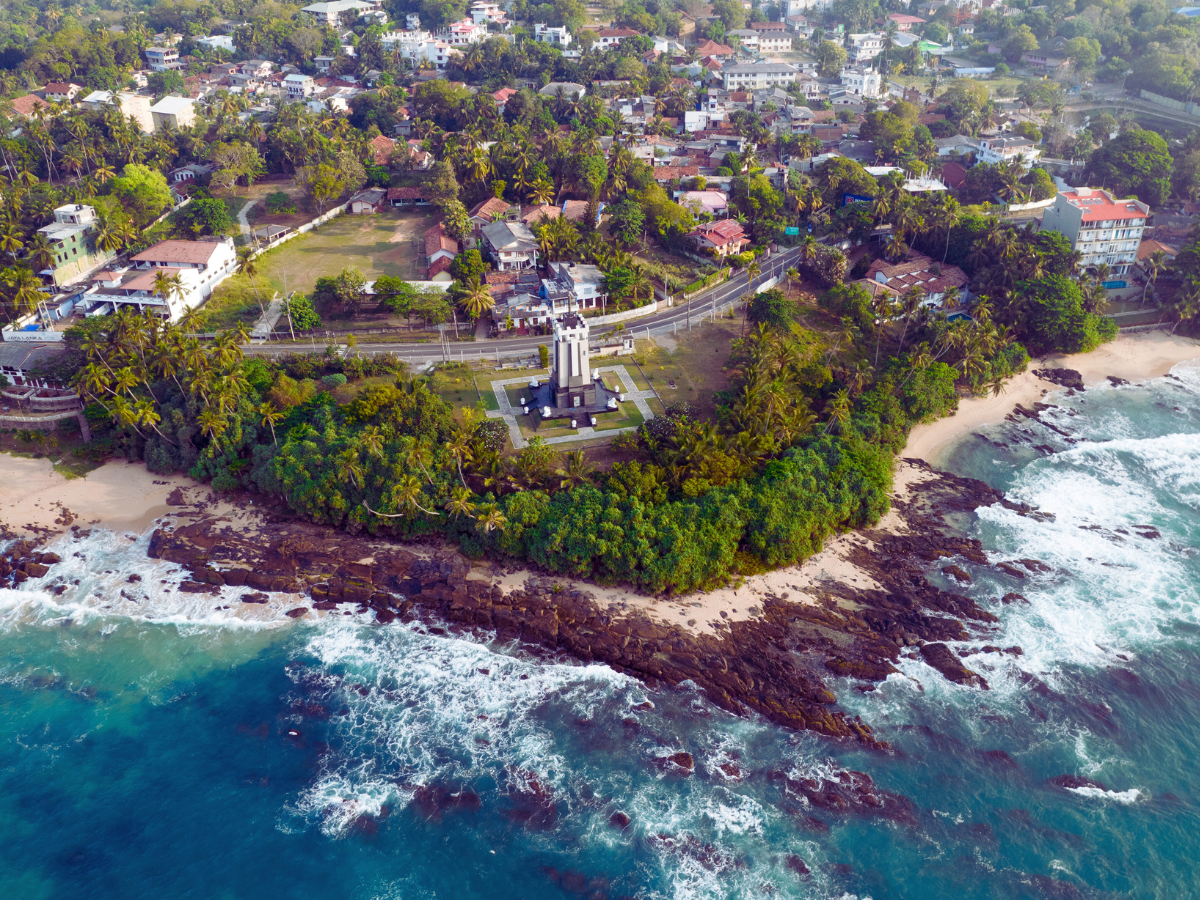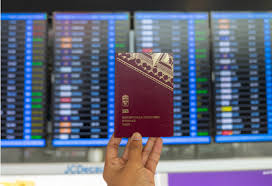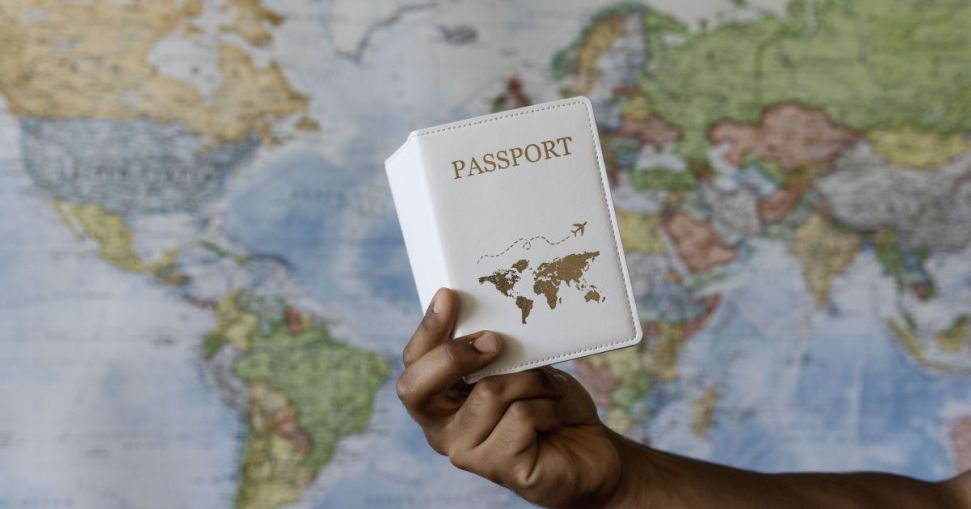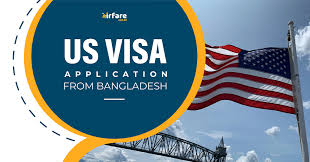
Dual citizenship can be a complex yet valuable status, offering the benefits of belonging to two countries simultaneously. However, when it comes to traveling or immigrating to the United States, individuals with dual citizenship may face additional considerations. Understanding the process of obtaining a USA visa with dual citizenship is essential for navigating the application system effectively. USA VISA WITH DUAL CITIZENSHIP This article explores the key aspects of obtaining a USA visa as a dual citizen, including the application process, eligibility requirements, and how to manage dual citizenship when applying.
Understanding Dual Citizenship and its Impact on USA Visa Applications
Dual citizenship refers to a person being a legal citizen of two countries at the same time. This status can occur naturally (e.g., through birth in one country to parents who are citizens of another) or through the process of naturalization, where an individual voluntarily becomes a citizen of a second country while retaining their original nationality.
When applying for a USA visa, dual citizens must determine which passport they will use for their application. It is important to note that U.S. immigration authorities typically require applicants to apply for a visa using the passport from the country in which they are applying for a visa. If one of the countries of citizenship is subject to U.S. travel restrictions, sanctions, or special visa processing rules, it may impact the application process.
Types of USA Visas for Dual Citizens
There are various types of U.S. visas, and dual citizenship may influence which visa type is appropriate. The primary categories include: Non-immigrant visas are for individuals who wish to visit the United States temporarily for tourism, business, or other short-term activities. The most common non-immigrant visas are: ecialty occupations. When applying for these visas, dual citizens must use the passport from the country in which they are a citizen or where the visa process is smoother or quicker. For example, if one of the dual citizens’ countries has a U.S. visa waiver agreement, they may apply for ESTA (Electronic System for Travel Authorization) under that nationality.
Immigrant Visas
Immigrant visas are for individuals who intend to live permanently in the U.S. as lawful permanent residents (green card holders). Dual citizenship does not change the standard process for applying for an immigrant visa. However, applicants must submit the relevant documentation for their nationality and the corresponding visa category. The primary categories of immigrant visas include: Family-Sponsored Visa: For those seeking to join family members who are U.S. citizens or permanent residents. Employment-Based Visa: For those sponsored by a U.S. employer. Diversity Visa (DV): For individuals from countries with low immigration rates to the U.S. Dual citizens must submit the application under one of their nationalities, and the process is generally the same as it would be for a single-nationality applicant. However, the applicant may want to choose the nationality that offers a more advantageous visa process or less waiting time.
The Application Process for USA Visa with Dual Citizenship
The application process for a U.S. visa involves several key steps, whether an applicant holds one or multiple citizenships. Here’s an overview of the process for dual citizens: The first step is deciding which passport to use for the visa application. This is essential because the U.S. embassy or consulate will process the visa application based on the passport presented. For example, if a person holds dual citizenship with a country whose nationals are eligible for the Visa Waiver Program (VWP), they may choose to apply for ESTA instead of a visa. After determining which passport to use, applicants must fill out the DS-160 form, which is the online non-immigrant visa application form. This form asks for personal information, travel plans, and other details relevant to the visa application. Dual citizens need to provide accurate information about their nationality, ensuring they do not misrepresent their identity or travel intentions.
Pay the Application Fee
Once the DS-160 form is submitted, applicants must pay the visa application fee. This fee varies depending on the type of visa being applied for and must be paid in the currency specified by the U.S. embassy or consulate. USA VISA FOR AUSTRALIAN CITIZENS After completing the DS-160 form and paying the fee, applicants must schedule a visa interview at the nearest U.S. embassy or consulate. During the interview, applicants will be asked about their purpose of travel, ties to their home country, and their dual citizenship status. While dual citizenship does not disqualify applicants, it is essential to answer all questions truthfully and provide necessary documentation. In certain cases, applicants may be asked to provide additional documents, such as proof of travel plans, employment details, or a letter of invitation from a U.S. business or family member. It’s important to provide the correct documents based on the type of visa being applied for.
Dual Citizenship and Travel Restrictions
While holding dual citizenship can provide benefits, it can also present challenges when applying for a U.S. visa. For example, if one of the countries of citizenship is under U.S. sanctions or subject to specific travel restrictions, the applicant may face additional scrutiny. If one of the countries where an applicant holds citizenship is on the U.S. visa ban list or is subject to the U.S. Department of State’s travel restrictions, the applicant may have limited options for obtaining a U.S. visa. In such cases, the individual may need to apply for a visa under their other nationality if that passport is not subject to the same restrictions. In some situations, dual citizens may benefit from using the passport of a country not affected by U.S. restrictions to avoid visa delays. However, applicants should be aware of the rules surrounding dual citizenship, as misrepresenting nationality can result in visa denials or other penalties.
Additional Tips for Dual Citizens Applying for a U.S. Visa
Dual citizens should keep the following tips in mind when applying for a U.S. visa: Be Transparent: Always disclose both citizenships during the visa application process. Failing to do so can lead to complications, including visa denial. Understand U.S. Policies: Stay informed about any U.S. policies, restrictions, or travel bans related to the countries of your citizenship, as these can affect your application. Provide Complete Documentation: Ensure all documents are accurate and complete. Dual citizens may need to provide additional documentation to verify their nationality or clarify their intent to return to their home country after visiting the U.S. Plan Ahead: Dual citizens may face longer processing times depending on the embassy’s requirements and the visa type. It is always advisable to apply for a visa well in advance of planned travel.
Conclusion
Applying for a U.S. visa as a dual citizen involves navigating unique considerations. Whether applying for a tourist visa, work visa, or immigrant visa, dual citizens must decide which passport to use and be aware of any country-specific restrictions. By understanding the application process, maintaining transparency, and being prepared for additional documentation requests, dual citizens can ensure a smoother visa application experience for their trip to the United States.


